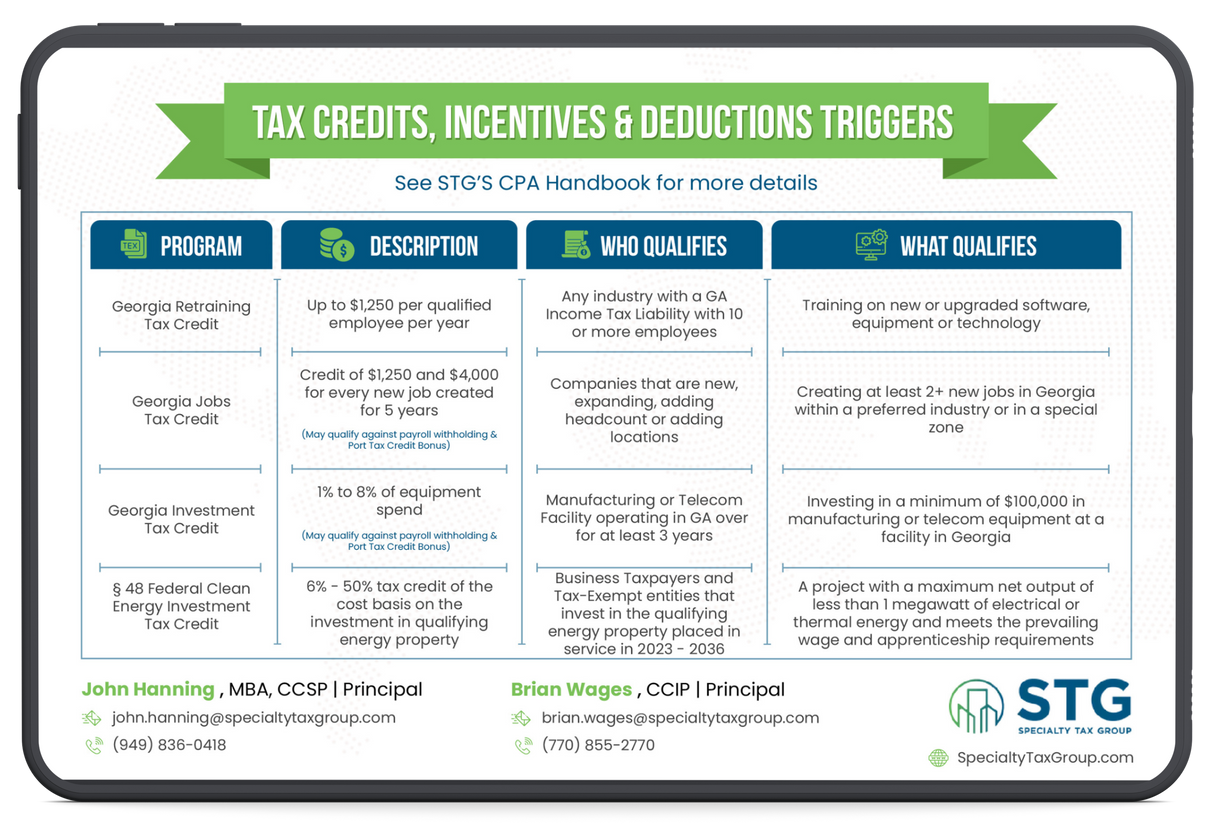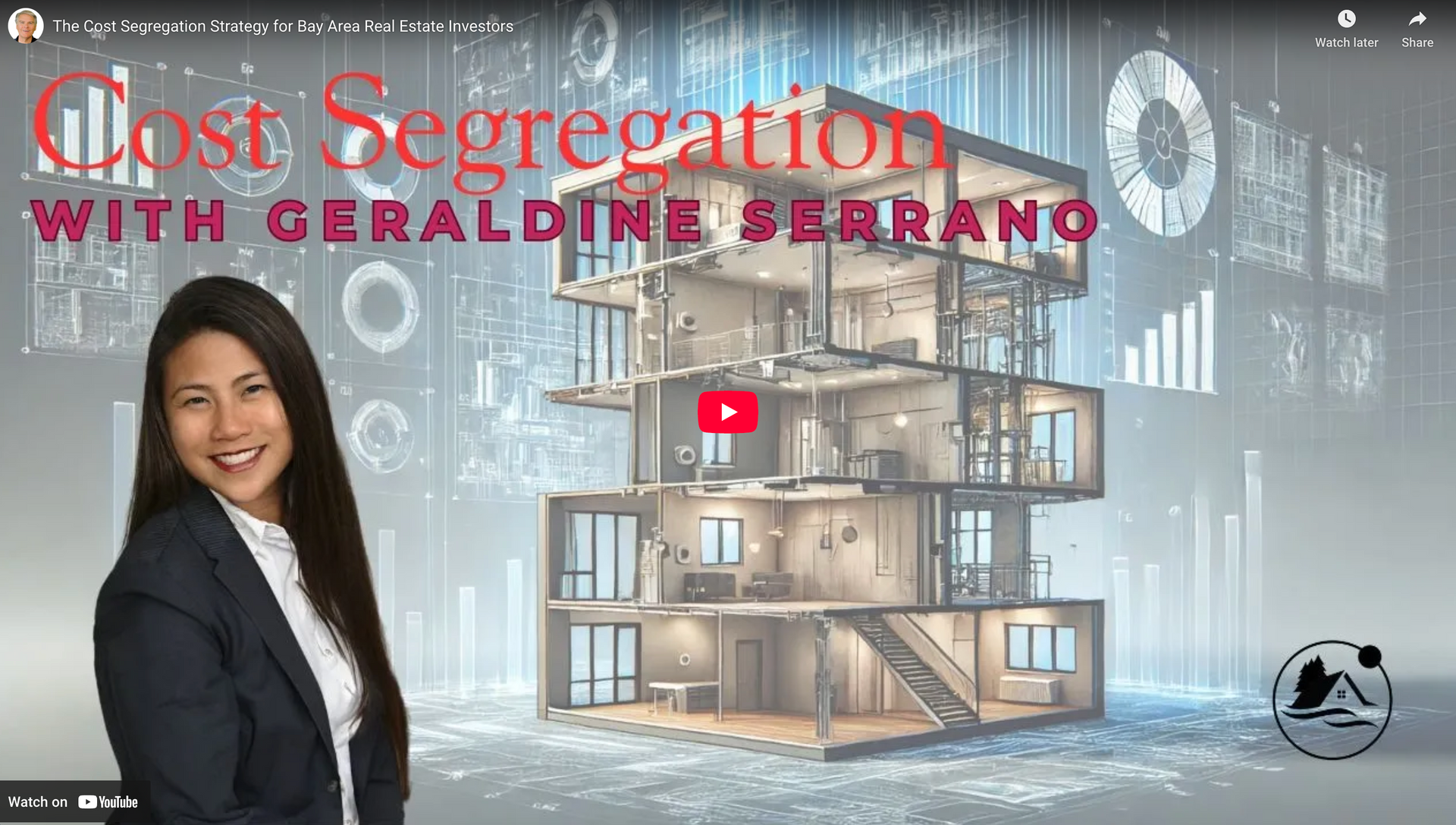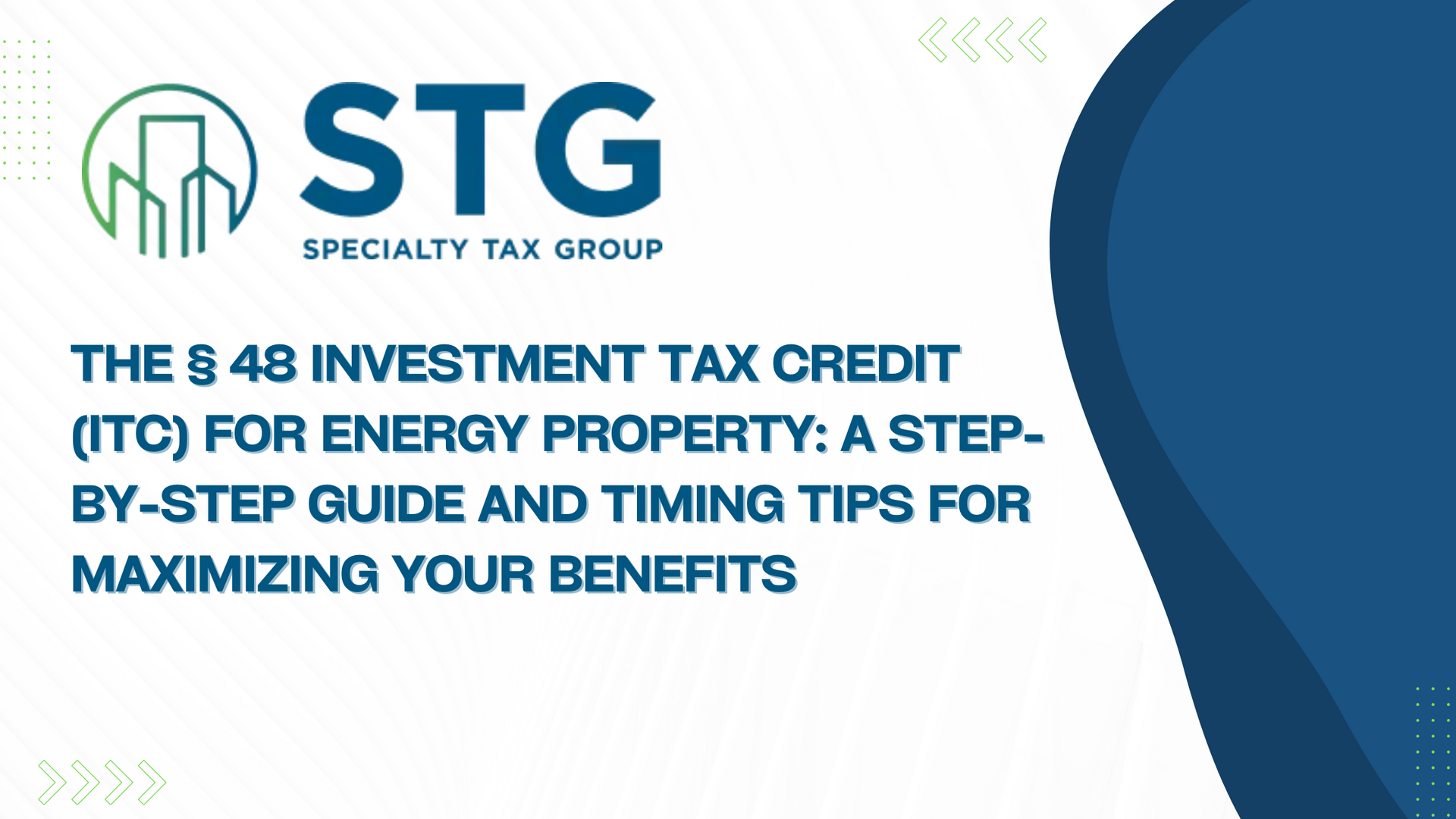This blog post has been researched, edited, and approved by John Hanning and Brian Wages. Join our newsletter below.
Newsletter Form
Thank you for joining our newsletter. We will email you the latest updates every other Thursday at 12pm.
Please try again later.

Cost segregation is a term we’ve covered on this blog before, but we haven’t done a deep dive as to how it benefits real estate investors. Real estate investors are individuals or firms who buy property, including land, houses, apartments, condominiums, duplexes, and office buildings. They then rent these properties out or flip them and resell them when the real estate market improves.
To increase their cash flow, smart real estate investors will consider using cost segregation as a money-saving strategy.
Understanding Cost Segregation For Real Estate Investors
Cost segregation is the process of classifying certain components of your real estate into personal property and land improvements, to take advantage of the accelerated depreciation. When you buy a property, the value of it depreciates after a certain number of years. For a single or family rental property, the number of years is 27.5; for commercial properties, it’s 39 years. Additionally, the value of parts in your building or on your land that qualifies as personal property and land improvements depreciates separately over the course of five, seven, or 15 years. The IRS deducts the difference between the original value of the property and the depreciated value from your taxable income. This means that you get to keep more of your money during tax season.
In the end, you will reap the benefits of having the depreciated value of the overall property deducted from your taxable income, in addition to the depreciated value of personal property and land improvements. That’s even more money that gets to stay in your bank account.
How Does It Help Real Estate Investors?
Having less income taxed boosts the amount of cash flow that real estate investors have at their disposal. They may then direct this money back into their properties to increase or improve their investments and, in the end, increase their income even more. This increased cash flow can be used for various purposes, such as property maintenance, renovations to increase rental income, expanding their investment portfolio by acquiring additional properties, or even debt repayment, ultimately leading to a stronger financial position. The only thing stopping a savvy real estate investor is the amount of money they’re able to put into their properties. To make money, they must first give some of it away. With cost segregation, they have more of these all-important funds available to them.
What Is Eligible For Accelerated Depreciation?
The parts of your property that may be eligible for reclassification by the IRS as personal property include:
- Special Purpose Electrical System
- Special Purpose Plumbing
- Communication Equipment
- Certain HVAC Systems
- Decorative Lighting
- Interior Finishes
While this list provides some examples, a professional cost segregation study is recommended to identify all eligible components specific to your property. This study typically incurs a professional fee, and the cost can vary depending on the property's complexity.
Disclaimer: It's important to consult with a qualified tax advisor to determine if cost segregation is suitable for your specific situation and tax goals. They can help you navigate the intricacies of the process and ensure compliance with IRS regulations.
How Can I Get Started Cost Segregating My Real Estate Properties?
To begin cost segregation on your real estate properties, consider working with a tax firm like Specialty Tax Group. We can help you determine if your income will benefit from cost segregation. If it does, then we will perform a study to analyze your property. Our ultimate goal is to help you save as much money on taxes as possible, so you can count of on us to be honest and fair.
Contact us today to discuss performing a cost segregation study on your property.
2024 Tax Guide
Have A Question?
Contact us today and our friendly team will reach out as soon as possible.
All Rights Reserved | Specialty Tax Group | Powered by Automationlinks | Privacy Policy





